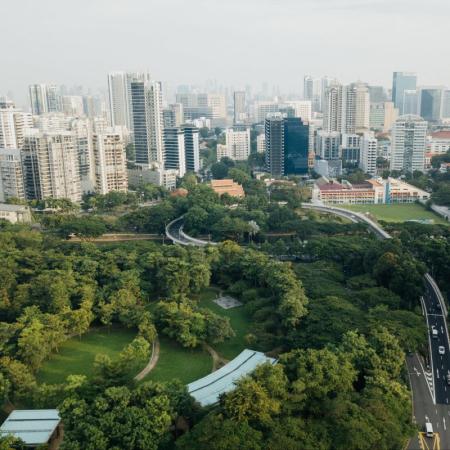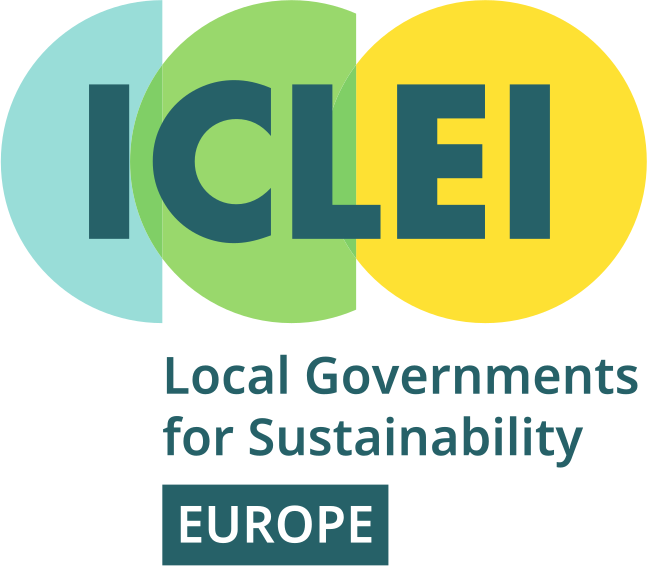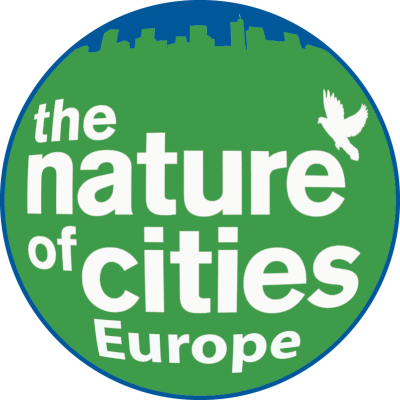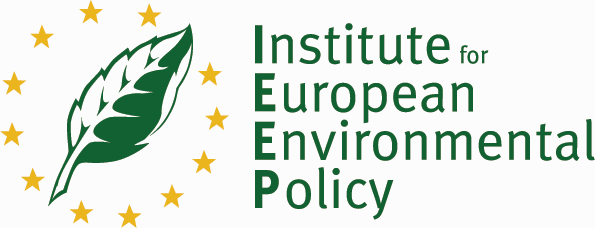
The EEA briefing 'Who benefits from nature in cities? Social inequalities in access to urban green and blue spaces across Europe' shows how access to public green and blue spaces differs across Europe. Cities in northern and western Europe tend to have more green space than cities in southern and eastern Europe. The assessment examines also socio-economic and demographic inequalities in access to green and blue spaces in European cities.
The potential of green spaces for our health and well-being is increasingly recognized, especially for children, the elderly and low-income people. Accessible green spaces are useful for increasing physical exercise and social interactions, for relaxation and mental restoration. But also, parks, trees and other green areas improve air quality, reduce noise, moderate temperatures during hot periods and increase biodiversity in urban landscapes.
According to the latest available data, green infrastructures (green and blue spaces such as vegetable gardens, private gardens, parks, road trees, water and wetlands), constituted on average 42% of the urban area in 38 member countries of the EEA. The city with the highest percentage of total green space at 96% is Cáceres in Spain, while the city with the lowest total green space with only 7% is Trnava in Slovakia.
The share of publicly accessible green areas varies between European cities, on average it is only 3% of the total city area, but in cities such as Geneva in Switzerland, The Hague in Netherlands and Pamplona / Iruña in Spain reaches over 15% of the city area.
As for the average urban tree cover (i.e. the layer of leaves, branches, and stems of trees that cover the ground when viewed from above) is around 30% in 38 EEA Member Countries, with cities in Finland and Norway which have the highest percentage of tree cover, while the cities of Cyprus, Iceland and Malta the lowest.
Finally, inequalities in terms of access were revealed. Indeed, across Europe, green space is less available in low-income urban neighborhoods than in higher-income ones. These differences can often be due to the housing market, where properties in greener areas are more expensive. While the World Health Organization recommends that all people reside within 300 meters of green space, less than half of Europe's urban population does. National and local guidelines vary across Europe and guidance on how to make access equal between social groups is rare.
Please, you can find out more here.











